Having colorful streets, old-fashioned cars, an impressive history, and a colorful culture, it is one of the destinations that attracts people who travel the world. However, there is one more thing that you should know before you pack your bags and go to this Caribbean gem: the Cuba ETA (Electronic Travel Authorization). This is a necessary travel document that will ensure smooth and a hassle free entry into Cuba.
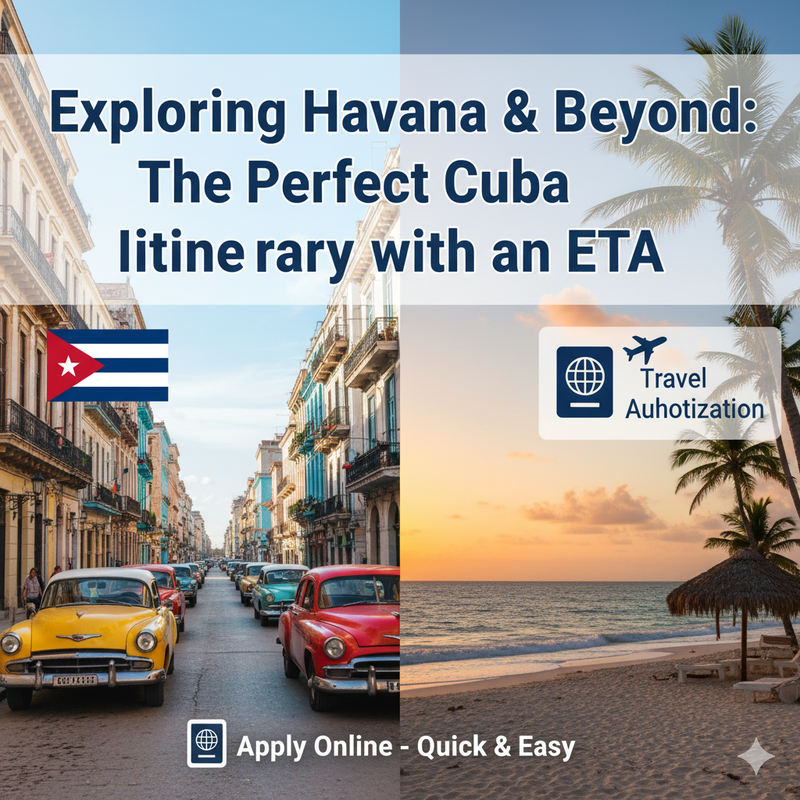
In this guide, we will give you all the details that you need to know about securing a Cuba ETA and we would also assist you in creating the best itinerary, whether it is the vibrant streets of Havana or the natural beauty that Cuba has to offer.
Do I Need a Cuba ETA?
When you are trapping out to Cuba, you probably will need a Cuba ETA. Most of the travelers are required to have this electronic authorization when visiting Cuba either on holidays or business. The ETA makes the visa easy since tourists are able to sightsee Cuba without much of the time wasted in the country queues, which are normally characterized by the traditional visa applications.
But how are you to know whether you need one? The Cuba ETA extends to visitors of the majority of countries, which include U.S and Canada, UK and many more. Therefore just in case you are in doubt about your particular case scenario, the next best course of action is to compare yourself in terms of your nationality in relation to whether your nationality mandates the use of the ETA or not before you book your flights.
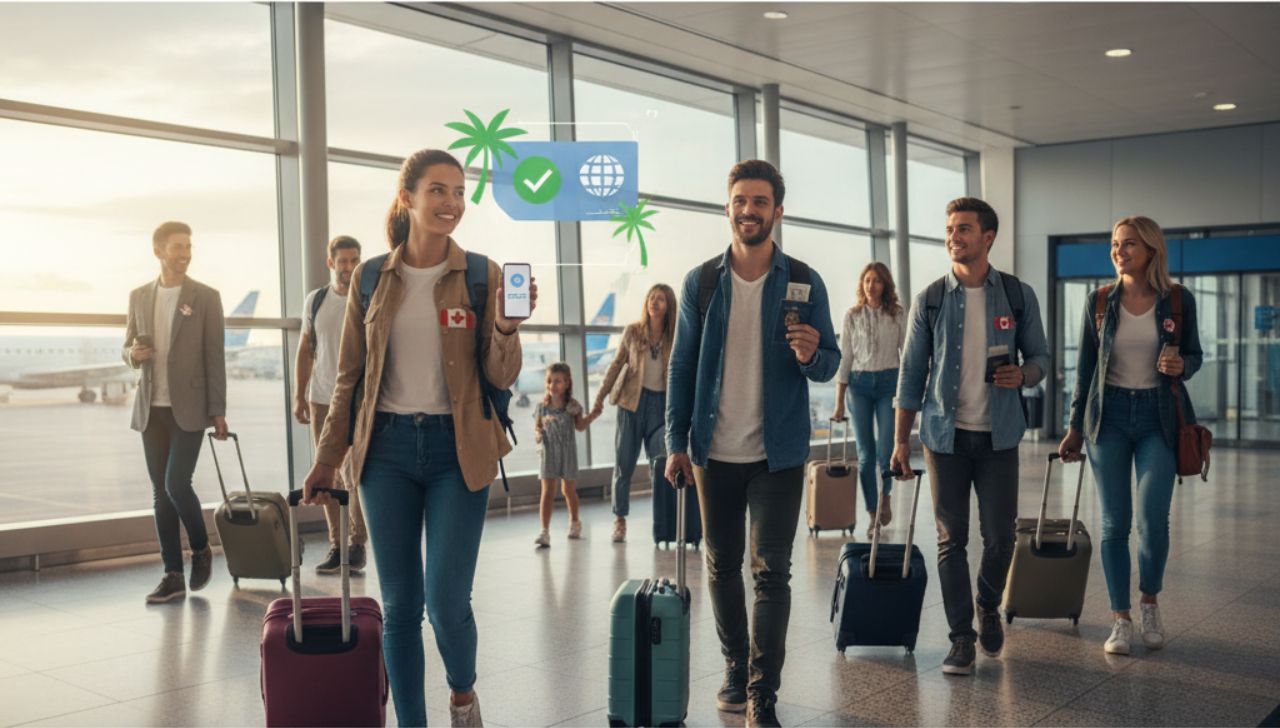
Types of Tourist ETA for Cuba
Cuba offers several types of ETA depending on the purpose of your visit. Here’s a quick rundown of the most common options:
- Tourist ETA – This is for leisure travelers and is the most common type. If you’re planning to explore Havana’s rich history, relax on Cuba’s pristine beaches, or immerse yourself in the local culture, this ETA is for you. It’s typically valid for up to 30 days.
- Business ETA – If your trip is work-related, you’ll need a Business ETA. The length of stay may vary, depending on the nature of your business.
- Family Visit ETA – If you’re traveling to Cuba to visit relatives, a Family Visit ETA will be necessary.
- Religious/Humanitarian ETA – For those visiting Cuba for religious or humanitarian purposes, there are specific ETAs available.
For most travelers, the Cuba Tourist ETA is the one to apply for, but double-check to ensure you’re applying for the right one.
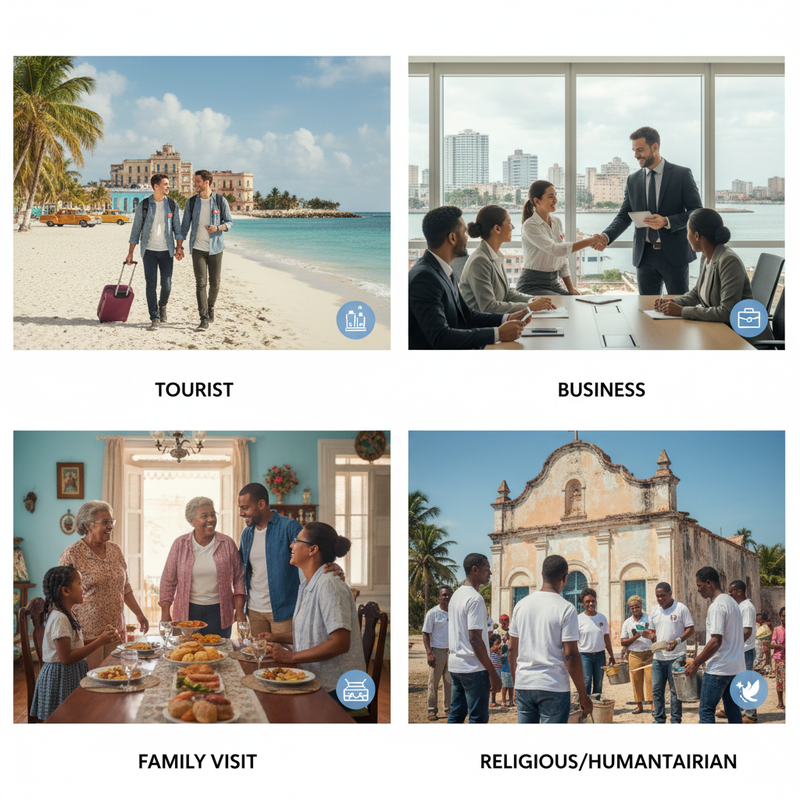
How to Apply for a Cuba ETA: A Simple Step-by-Step Guide
The good news is that apply for a Cuba ETA is an easy process. Here’s a simple step-by-step guide:
 Confirm Eligibility
Confirm Eligibility
Make sure your nationality qualifies for the Cuba ETA. Citizens from many countries can apply, but it’s always best to verify eligibility through official sources before proceeding.
 Required Your Documents
Required Your Documents
Before you start filling out your application, gather the following:
- Passport – Ensure your passport is valid for at least 6 months from your arrival date in Cuba.
- Flight Details – Have your travel dates and flight information ready.
- Accommodation Info – You’ll need to know where you’re staying in Cuba (hotel, Airbnb, etc.).
 Fill Out the Application
Fill Out the Application
Go to apply for your Cuba ETA. The application form will ask for basic personal details, your travel dates, and other relevant information.
 Pay the Application Fee
Pay the Application Fee
The Cuba ETA Fee typically takes, depending on your nationality and the processing time. Make sure to pay the fee via a secure method, such as a credit card.
 Wait for Approval
Wait for Approval
Once your application is submitted, you should receive approval within 72 hours. In most cases, it’s even faster, and you could get approved instantly.
 Get Your Cuba ETA
Get Your Cuba ETA
When your ETA is approved, you’ll receive an email with a copy of your authorization. Make sure to print this out and carry it with your passport. You’ll need to show it to immigration officials upon arrival in Cuba.
 Present Your ETA at the Airport
Present Your ETA at the Airport
When you land in Cuba, present both your passport and the printed Cuba ETA to the authorities. After a quick check, you’ll be good to go!
Where Is Havana, Cuba, Located?
The city of Havana or La Habana is the capital of the island country of Cuba that is situated in the Caribbean sea. Cuba is situated immediately south of the United States and the Gulf of Mexico borders the west, the Atlantic Ocean fronts the north and the Caribbean on the south.
Havana as a city is vibrant and a mixture of history, colonial buildings and bustling street scenes, and therefore is a must place to visit when visiting Cuba.

Is It Safe to Visit Havana, Cuba Right Now?
The general level of safety in Cuba as regards tourists is safe. Cuban government is much concerned about visitor safety and violent crime is not a common occurrence. Nevertheless, just as in any place one should be careful of their surroundings and do a few simple things.
Here are some quick safety tips for Havana:
- Stick to tourist-friendly areas, especially after dark.
- Use official taxis or tourist transport services rather than accepting rides from strangers.
- Keep your valuables secure. Petty theft, such as pickpocketing, can occur, especially in crowded areas.
Despite the occasional reports of petty crime, the overall atmosphere in Havana remains welcoming and peaceful for travelers.

Travel Tips for Easy Cuba ETA Experience
Now that you know how to get your Cuba ETA, here are some essential travel tips to help you get the most out of your trip:
- Travel Insurance – It’s a good idea to have travel insurance, especially one that covers health care while you’re abroad. Healthcare in Cuba can be a bit different than what you’re used to, so insurance will give you peace of mind.
- Currency – Cuba uses its own currency, the Cuban Peso (CUP), but you’ll also encounter the Convertible Peso (CUC) in many tourist areas. U.S. credit and debit cards are not accepted in Cuba, so bring cash and exchange it locally.
- Internet Access – Wi-Fi isn’t as widespread as in other countries, so don’t expect to be always connected. You can buy Wi-Fi cards at hotels or some public places, but they often come with limited time.
- Local Etiquette – Cubans are known for their friendly, warm nature. It’s common to greet people with a handshake or a hug, and a smile goes a long way in connecting with locals.
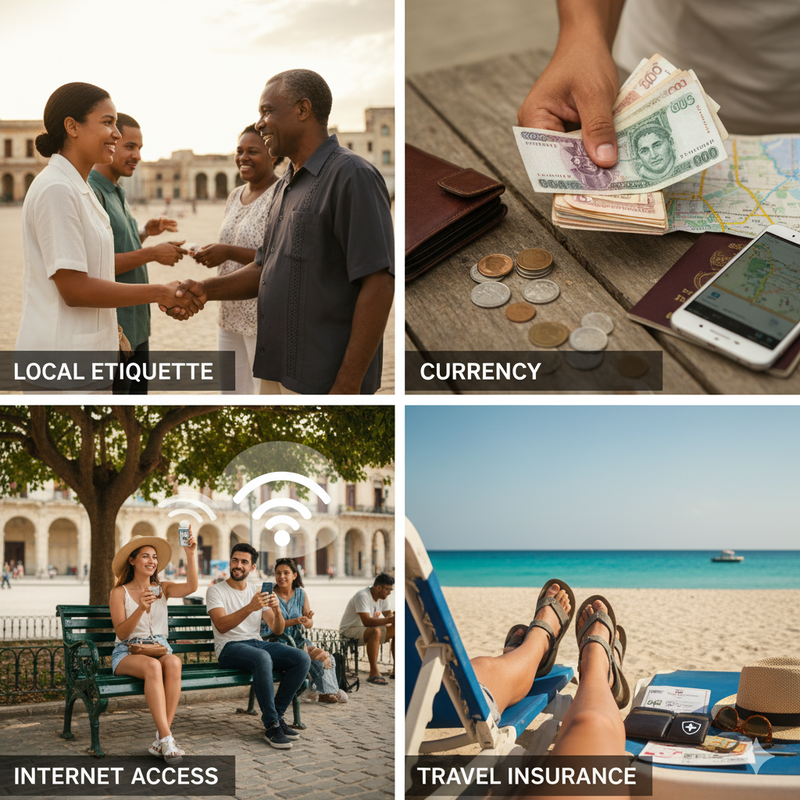
Must-See Destinations in Havana & Beyond
Now let’s dive into what you should see and do in Havana and beyond. Here’s a rundown of some must-visit spots:
1. Old Havana (Habana Vieja)
This UNESCO World Heritage site is the heart and soul of Havana. Stroll through its narrow streets, admire the colonial buildings, and visit iconic places like Plaza de la Catedral and Plaza de Armas. You’ll also find colorful art galleries and street vendors selling local crafts.
2. The Malecón
A visit to the Malecón, Havana’s iconic seafront promenade, is a must. It’s a perfect place to take in the views of the Caribbean Sea, watch local fishermen, and experience the lively atmosphere, especially at sunset.
3. Ernest Hemingway’s Home (Finca Vigia)
For literary fans, Finca Vigia, the home where Ernest Hemingway lived during his time in Cuba, is a fascinating spot to visit. The house is now a museum, and you’ll get a glimpse into the life of one of the world’s greatest authors.
4. Viñales Valley
About a 3-hour drive from Havana, Viñales is known for its dramatic landscapes, tobacco plantations, and small rural villages. If you love nature and hiking, this is one of Cuba’s most beautiful regions.
5. Varadero Beach
For beach lovers, Varadero offers white-sand beaches and crystal-clear waters. It’s one of Cuba’s top resort destinations, perfect for relaxation.
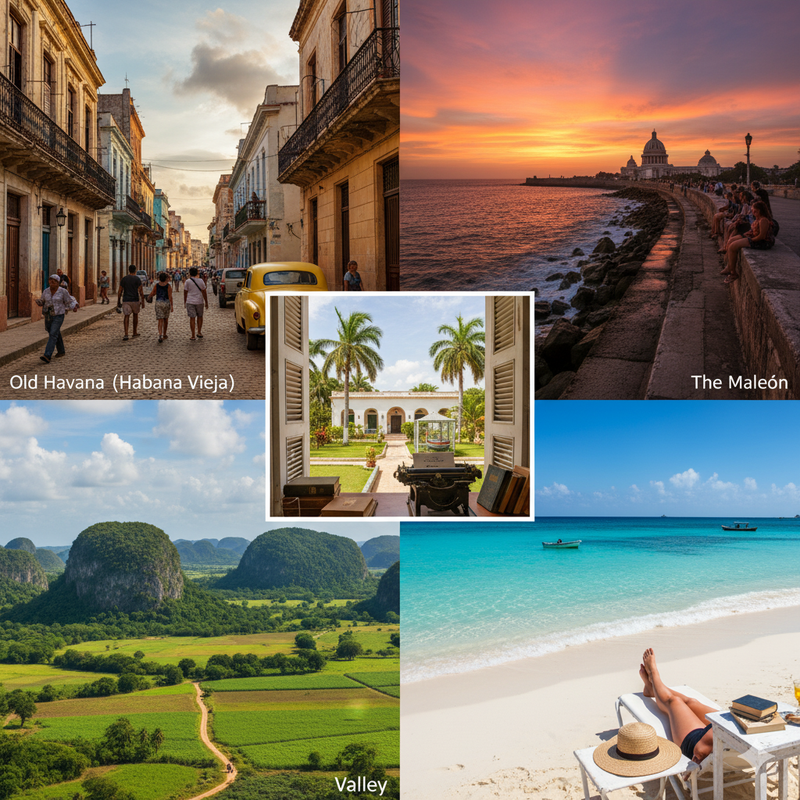
A Taste of Cuba: Food, Drink, and Culture
No trip to Cuba is complete without experiencing its delicious food and lively culture. Cuban cuisine is a fusion of Spanish, African, and Caribbean influences. Here are a couple of dishes you should try:
- Ropa Vieja: This traditional Cuban dish features shredded beef cooked in a tomato-based sauce with onions and bell peppers, usually served with rice and beans.
- Lechón Asado: Slow-roasted pork, often served with rice, black beans, and fried plantains.
Cuba is also famous for its music. Be sure to check out a live salsa band or even take a dance lesson. The vibrant rhythm and infectious energy of Cuban music are an integral part of the culture.

FAQs About Cuba ETA
1. How long is my Cuba ETA valid for?
The Cuba ETA is typically valid for 30 days. You can extend your stay if necessary, but make sure to check the regulations.
2. Can I get a Cuba ETA upon arrival?
No, the Cuba ETA must be obtained before arriving in Cuba. It’s an online process that’s best done in advance.
3. Is the Cuba ETA enough for entry?
Yes, the Cuba ETA allows you to enter Cuba for tourism purposes without needing a traditional visa.
Final Thoughts: Get Ready for an Unforgettable Cuba Adventure!
Cuba is still to be discovered, the colorful Havana streets, or the peaceful tobacco plantations of Viñales. Having your Cuba ETA, you will be prepared to enjoy all the charm, culture, and beauty that this amazing island can describe.
It is important to remember that you need to plan ahead, pack your documents and apply your ETA in time before you travel. When that is sorted then it is just time to have a good adventure!

